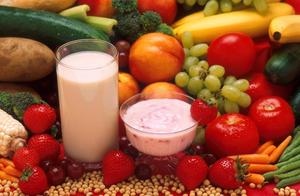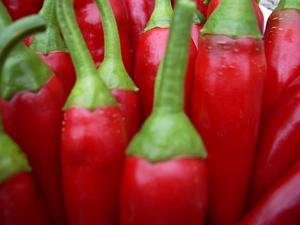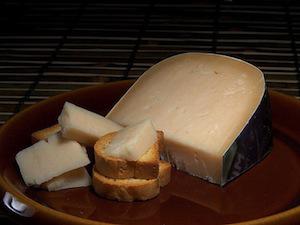Folic acid stimulates cell growth and regeneration, enhances red blood cell creation, and even prevents against depression, which is important for people of all ages. Pregnant women benefit even further from folic acid because it prevents against fetal deformities. If you want to take advantage of the many benefits of folic acid, here are a few of the best food sources.
- Dark, leafy greens. Dark green colored vegetables like spinach, kale, and collard greens are some of the very best sources of folic acid, and even just one large salad filled with these leafy foods can provide you with enough folic acid for the entire day. Spinach is especially beneficial, as it contains 65% of your daily value in only one cup.
- Citrus fruits. Oranges, grapefruits, and other citruses have more folic acid than all other types of fruits. One papaya alone offers 115 mcg of folic acid, which is about 29% of the average person’s recommended daily intake.
- Beans, peas and lentils. While not all of these foods are high in folic acid, there are a few beans, peas, and lentils that contain impressively large quantities of the B-complex vitamin. Lentils are especially high in folic acid, containing over 90% of your daily intake in just one cup. Pinto beans, garbanzo beans, and black beans are also very good sources.
Surprising Sources of Folic Acid [Yahoo! Shine]
Foods High in Folic Acid [Prenatal Vitamin HQ]
15 Foods High in Folic Acid [Global Healing Center]
18 Foods High in Folic Acid to Prevent Cancer & Birth Defects [Bembu]





![By mako from Kangasala, Suomi (Finland) (wild raspberries) [CC-BY-2.0], via Wikimedia Commons](http://blog.respage.com/blvd-loudoun-station/files/2013/04/wpid-1784.jpg)
![Peterjhpark at en.wikipedia [CC-BY-SA-3.0 (www.creativecommons.org/licenses/by-sa/3.0) or GFDL (www.gnu.org/copyleft/fdl.html)], from Wikimedia Commons](http://www.respage.com/cms/img/1526.jpg)
![By cyclonebill (Pasta med laks) [CC-BY-SA-2.0], via Wikimedia Commons](http://www.respage.com/cms/img/1160.jpg)
![By thebittenword.com (summer saturday Uploaded by Caspian blue) [CC-BY-2.0], via Wikimedia Commons](http://www.respage.com/cms/img/449.jpg)
 Equal Housing Opportunity
Equal Housing Opportunity